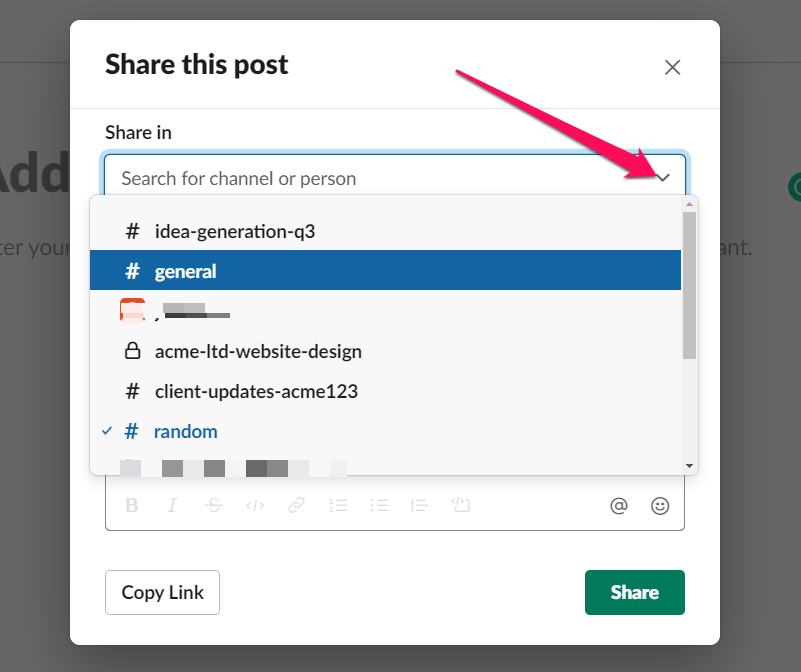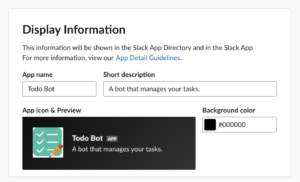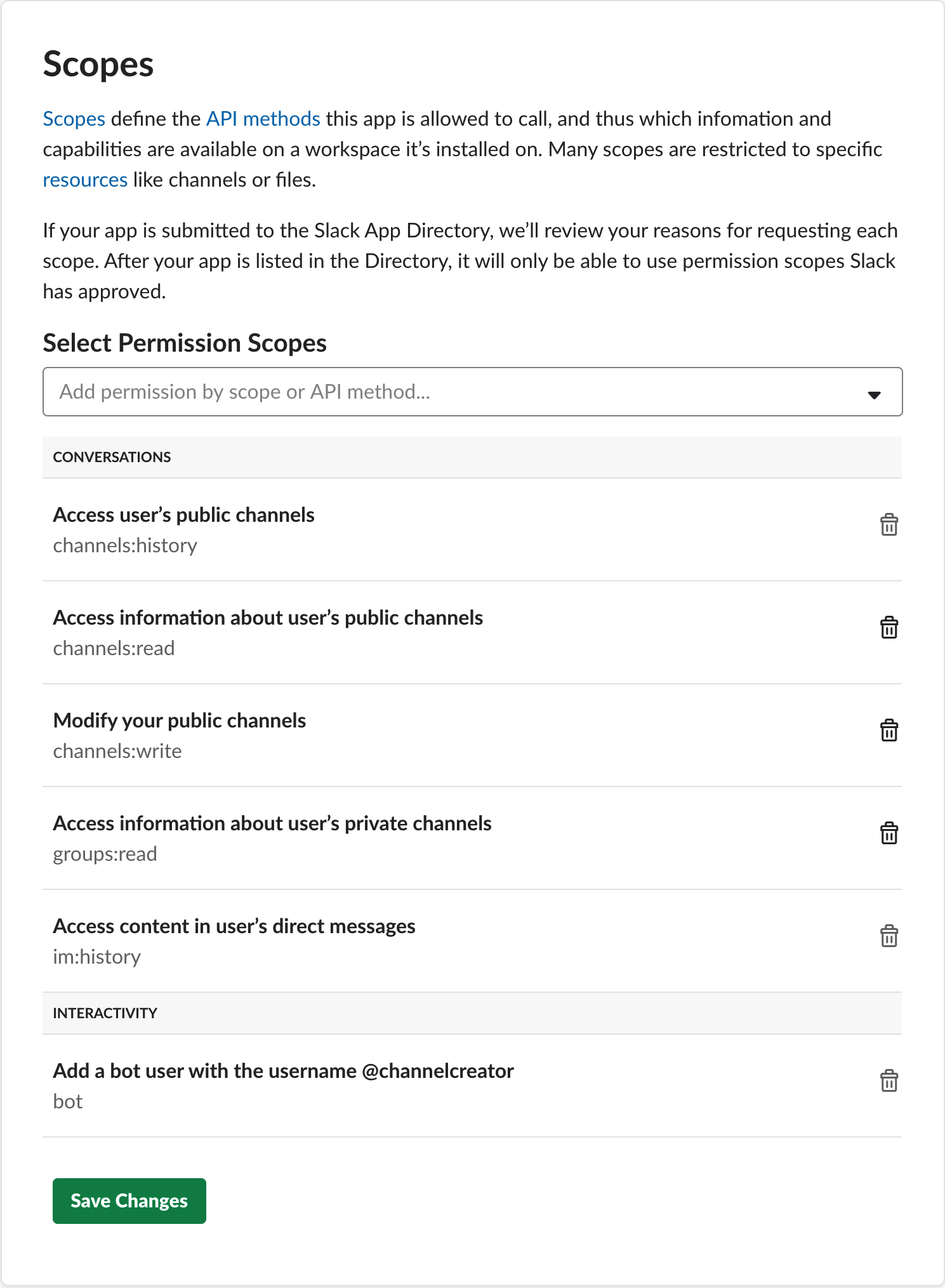

- #Slack client users.list how to#
- #Slack client users.list install#
- #Slack client users.list code#
#Slack client users.list install#
For python 3, use pip3 install sumologic-slack (step 3).
#Slack client users.list how to#
This task shows you how to install the script on a Linux machine. If kept empty, a new KMS Key ID will be created if CreateSecret is Yes. AwsKmsKeyARN. Provide an existing KMS Key ARN to encrypt the Environment variables HTTP_LOGS_ENDPOINT, TOKEN.Select yes > Encrypt the Provided Environment variables HTTP_LOGS_ENDPOINT, TOKEN using KMS and Secret Manager.Select false > Send all public channels messages.

Select true > Enable dividing channels into frequent and infrequent based on the last message time.EnableInfrequentChannels. Default is false.Do not use the same DataBase Name across multiple installations. Use the table name to identify the Slack Workspace for which you are collecting logs. If the value is 1, then events are fetched from yesterday to today BackfillDays. Number of days before the event collection will start.Token. Copy and paste the Authorization token from Step 1.HTTPLogsEndpoint. Copy and paste the URL for the HTTP log source from Step 2.In the AWS Lambda > Functions > Application Settings panel, enter the following parameters in the corresponding text fields: When the page for the Sumo app appears, click Deploy. Search for sumologic-slack and make sure the checkbox next to the text Show apps that create custom IAM roles or resource policies is selected, then click the app link when it appears. To deploy the Sumo Logic Slack SAM application, do the following: In this collection method, you deploy the SAM application, which creates the necessary resources in your AWS account. Replace the variable with the generated token you copied in the previous step.Ĭurl -X GET -H "Content-Type: application/json" -H "Authorization: Bearer " If the token is valid, the output will have "ok":true in the response.
 Verify that the generated token is valid with the following commands. "scope": "admin,identify,channels:history,groups:history,im:history,channels:read,team:read,users:read,users:read.email,auditlogs:read", From the response, copy the token value from the field access_token. Open a new browser tab and paste the URL from the previous step into the URL field, then press Enter. If v2 ( v2/authorize) appears in the URL used for the share URL in step 6, use this URL: Replace the, and variables in the following URL. Get the client ID and client secret from the Basic information of your Slack app.
Verify that the generated token is valid with the following commands. "scope": "admin,identify,channels:history,groups:history,im:history,channels:read,team:read,users:read,users:read.email,auditlogs:read", From the response, copy the token value from the field access_token. Open a new browser tab and paste the URL from the previous step into the URL field, then press Enter. If v2 ( v2/authorize) appears in the URL used for the share URL in step 6, use this URL: Replace the, and variables in the following URL. Get the client ID and client secret from the Basic information of your Slack app. #Slack client users.list code#
Ignore the error message and copy the Code in the URL field, as shown in the following example. Select the drop-down menu in the upper right corner and choose the correct organization. Open a new tab in your browser, paste the modified URL and press Enter. Copy the Shareable URL and append auditlogs:read at the end. Click the Activate Public Distribution. Open the Remove Hard Coded Information section on the same page and check the I’ve reviewed and removed any hard-coded information checkbox. Go To Manage Distribution > Share Your App with Other Workspaces. Go to Redirect URLs and add a Redirect URL as then click Save URLs. For the Sumo Slack app you created in Users, channels, and access logs, Go To OAuth and Permission. To generate a Slack API token for audit logs, do the following: You must have owner privileges to perform this task. This generated token can only be used by the Enterprise Slack plan to collect audit logs. Replace the variable with the generated token you copied in the previous step.Ĭurl -X GET -H “Authorization: Bearer ” -H “Accept: application/json” “” Verify that the generated token is valid with the following commands. You will need to use this token when configuring the Slack collector. Click Allow to install the app to workspace. The app prompts you for permission to install based on your selected permission. Go to Install App and click Install App to Workspace. In the Scopes section, add the following permissions in User Token Scopes to collect logs, and then click Save. Logs will be collected based on these permissions:. In the Basic Information section for the app created above, click Permissions. Enter the App Name and select the Development Slack Workspace for which you need to generate a token and collect logs. 
To generate a Slack API token for users, channels and access logs, do the following: The token generated in the following steps can be used by all Slack plans to collect the mentioned log types. You must have admin privileges to perform this task. Token for Users, channels, and access logs








 0 kommentar(er)
0 kommentar(er)
